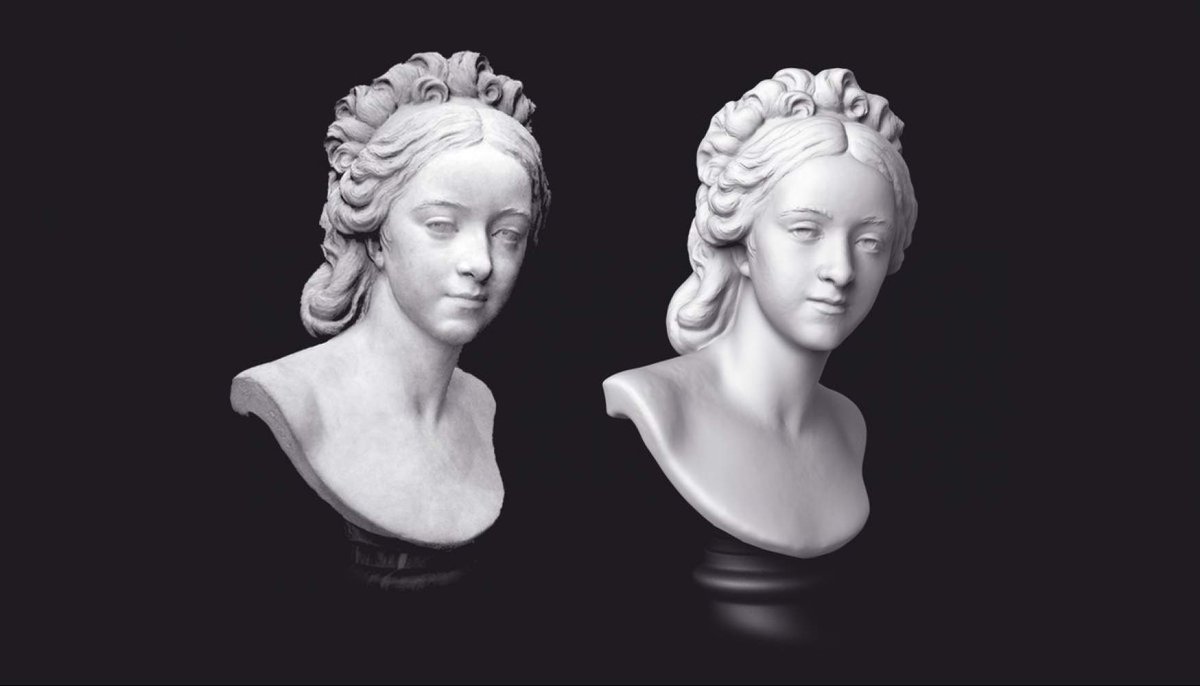Over the half-millennium since Hieronymus Bosch painted it, The Garden of Earthly Delights has produced an ever-widening array of interpretations. Is it “a painting about sexual freedom”? A “medieval acid trip”? An “erotic fantasy”? A “heretical attack on the church”? The work of “a member of an obscure free-love cult”? James Payne, the London curator behind the Youtube channel Great Art Explained, rejects all these views. In the opening of the in-depth video analysis above, he describes Bosch’s well-known and much-scrutinized late-15th or early-16th century triptych as, “pure and simply, hardcore Christianity.”
Dating from “a time when European artists, writers, and theologians were shaping a new, terrifying vision of Hell and the punishment awaiting sinners,” Payne argues, The Garden of Earthly Delights is “an intensely moralistic work that should be approached as what it is: religious propaganda.”
Depicting the Biblical creation of the world on its outer panels, the work opens up to reveal elaborately detailed visions of Adam and Eve in the Garden of Eden, then humanity indulging in all known earthly delights, then the consequent torments of Hell. It is that last panel, with its abundance of perverse activities and grotesque human, animal, and human-animal figures (recently made into figurines and even piñatas) that keeps the strongest hold on our imagination today.
Payne’s explanation goes into detail on all aspects of the work, highlighting and contextualizing details that even avowed appreciators may not have considered before. While identifying both the possible inspirations and the possible symbolic intentions of the figures and symbols with which Bosch filled the triptych, Payne emphasizes that, as far as the artist was concerned, “his images were a realistic portrayal of sin and its consequences, so in that sense, it wasn’t surrealism, it was realism.” This bears repeating, given how difficult we moderns find it “to look at this painting and not see it as surrealism or a product of the subconscious, not see it as a sexual utopia, a critique of religion, or even a psychedelic romp.” Just as The Garden of Earthly Delights tells us a great deal about the world Bosch lived in, so our views of it tell us a great deal about the world we live in.
If you would like to sign up for Open Culture’s free email newsletter, please find it here. It’s a great way to see our new posts, all bundled in one email, each day.
If you would like to support the mission of Open Culture, consider making a donation to our site. It’s hard to rely 100% on ads, and your contributions will help us continue providing the best free cultural and educational materials to learners everywhere. You can contribute through PayPal, Patreon, and Venmo (@openculture). Thanks!
Related Content:
Figures from Hieronymus Bosch’s The Garden of Earthly Delights Come to Life as Fine Art Piñatas
Based in Seoul, Colin Marshall writes and broadcasts on cities, language, and culture. His projects include the Substack newsletter Books on Cities, the book The Stateless City: a Walk through 21st-Century Los Angeles and the video series The City in Cinema. Follow him on Twitter at @colinmarshall or on Facebook.






